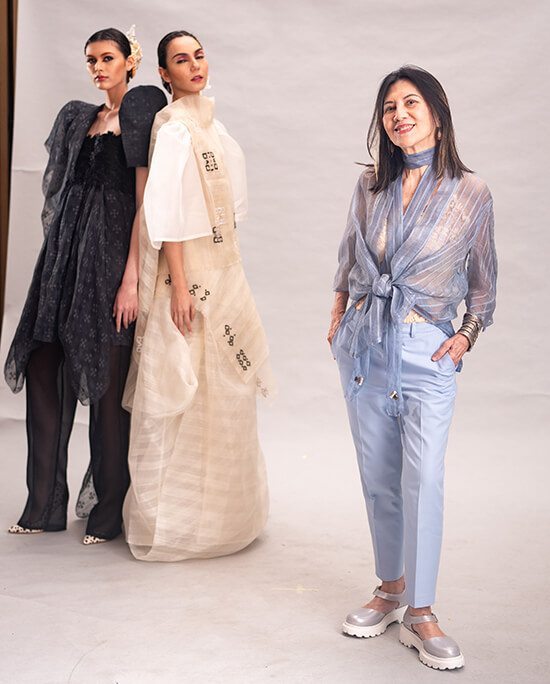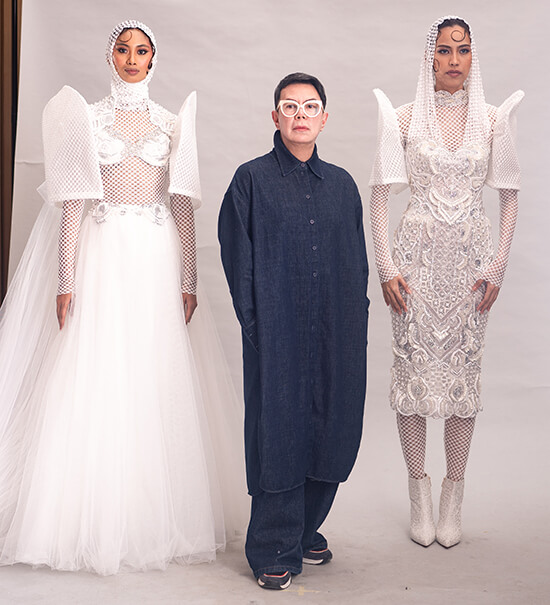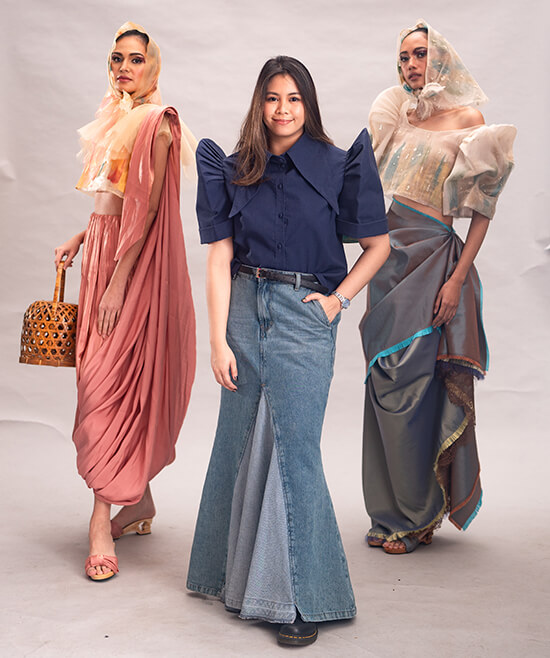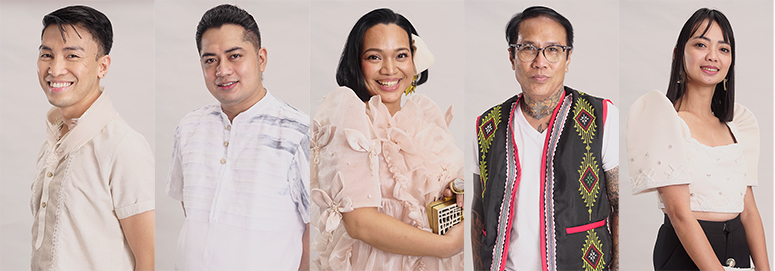Next year, we will be wearing kimonas
Ternocon has transformed Filipino fashion as we know it, not only by modernizing Filipiniana but also by ensuring its continuity for generations to come by defining it, popularizing it, and even reviving the industries around the terno’s design and creation. From reclaiming the Maria Clara to re-educating us about the balintawak as the appropriate cocktail hour terno, the fourth edition brings back a casual garment with an artistic twist.
“Ternocon 4 puts the spotlight on the kimona and the designers are tasked to create works inspired by Filipino artists,” says Suyen Corporation chairman and CEO Ben Chan. “It has always been our passion to promote Filipino culture through fashion design. With Ternocon, we preserve an integral part of our Filipino heritage through education, exhibition, and public awareness.”

He adds, “This is a showcase of the best of what the country has to offer.”
Kimona, according to the book Fashionable Filipinas by Ternocon founding artistic director Gino Gonzales, artist and educator Mark Lewis Higgins, and historian and curator Ramon N. Villegas is a sheer or translucent short blouse with sleeves. Not to be confused with the Japanese kimono, its open sleeves are as far as the similarities go. Its sleeve extensions are short; only up to three inches off the shoulder. It has a vertical use of fabric, typically pulled over like your comfiest T-shirt and over an undergarment. Lowland Visayans wear their classic Baro’t Saya with a kimona paired with a knee-length skirt, typically the patadyong. The kimona is breezy and comfortable, often made from delicate jusi or pineapple fiber, adorned with the most intricate embroidery and embellishment. Ricardo Eric Cruz, Ternocon’s current artistic director, describes it as “very casual and informal, still used by teachers today, bib-style, and in day-to-day wear from the 1940s up to the 1970s.”

Kaye Tinga, Ternocon’s project director, also emphasizes the high caliber of talent in this year’s competition, underscoring the event’s commitment to “inspire them to become at par with seasoned designers,” and nurturing a new generation of designers while celebrating the diverse cultural regions of the country.
Chosen from 82 applications from all over the country, the 12 finalists are Windell Madis, Geomarie Hernandez, Johnoel Marin, Patrick Lazol, Jericho Gonzales, Irene Subang, Bryan Peralta, Peach Garde, Ram Silva, Lexter Badana, Jared Palmejar, Monina Gatan, while the two semi-finalists are Xioti Chiu and Jema Gamer.

Highlighting the intersection of fashion and art as part of the collaborative initiative of the Cultural Center of the Philippines and Bench, the finalists are tasked with drawing inspiration from 20th-century Filipino contemporary art. Cruz explains, “They are National Artists who managed to transform Philippine art. From the romantic side like Amorsolo, these artists are modern and apply to our era.” They are National Artist Ang Kiukok, National Artist Abdulmari Imao, Lao Lianben, and Anita Magsaysay-Ho.
“But the designers cannot do a facsimile of the artwork or apply it on the garment,” he emphasizes. Instead, “They must draw from the movement, principle and style.”

The finalists had their first mentoring workshop in June 2024, guided by some of the country’s top fashion experts, including Ternocon’s chief mentor since 2018, Inno Sotto, and renowned designers Ezra Santos, Lulu Tan-Gan, and Rhett Eala as well as artistic directors past and present Gonzales and Cruz.
The first workshop, held at the Baguio Country Club, laid the foundation for what’s to come as the finalists began work on their three-piece collections: a formal terno with pañuelo, a formal balintawak with alampay and tapis, and a kimona paired with a patadyong, a traditional wrap-around skirt. “We want to showcase it the traditional way, based on how it was designed in the ’40s and ’50s,” Cruz explains.

The finalists are currently taking part in the second workshop-mentoring at the Bench Tower in BGC, where the workshop lectures include topics on the history of the terno, balintawak and kimona design parameters; knitting and fabric manipulation; new technology, colors and patterns; traditional techniques, understructure, and embellishments.

Cruz is the first to admit he has “big shoes to fill” after Gonzales. Cruz was his associate artistic director and handled the technical aspect. “I focused on the craftsmanship, tailoring the nitty-gritty details in doing fashion, sewing, how to do embellishment, all those stuff, while (making sure that the pieces were) wearable and comfortable and not cumbersome,” he says. “I always say, if it’s too bulky, the silhouette of a person loses its form. It should be comfortable and (the wearer can) move with it.”

Now charged with both the technical and creative side, he shares Gonzales had advice for him: “To let the designers do their stuff. We can’t go into what they’re doing and put ourselves in their design. (We can only) see what works and assist them from there.”
“The goal is to continue what was already started: to popularize the terno as our national garment and stick to the proper measurement, how it should be worn,” he continues. “These are the garments that somehow stand out and differentiate us from our Asian neighbors and our Western counterparts. We have to find ways on how to improve it, while at the same time conserving its core aesthetic elements.”
* * *
Ternocon 2025 is implemented in partnership with the Barasoain Kalinangan Foundation Inc., Baguio Country Club, St. Louis University, and Seda Hotel BGC.


